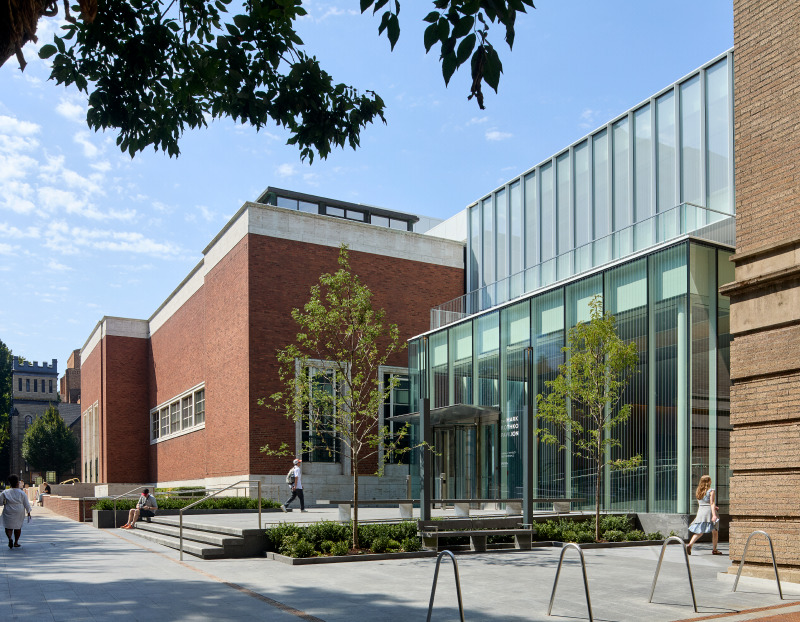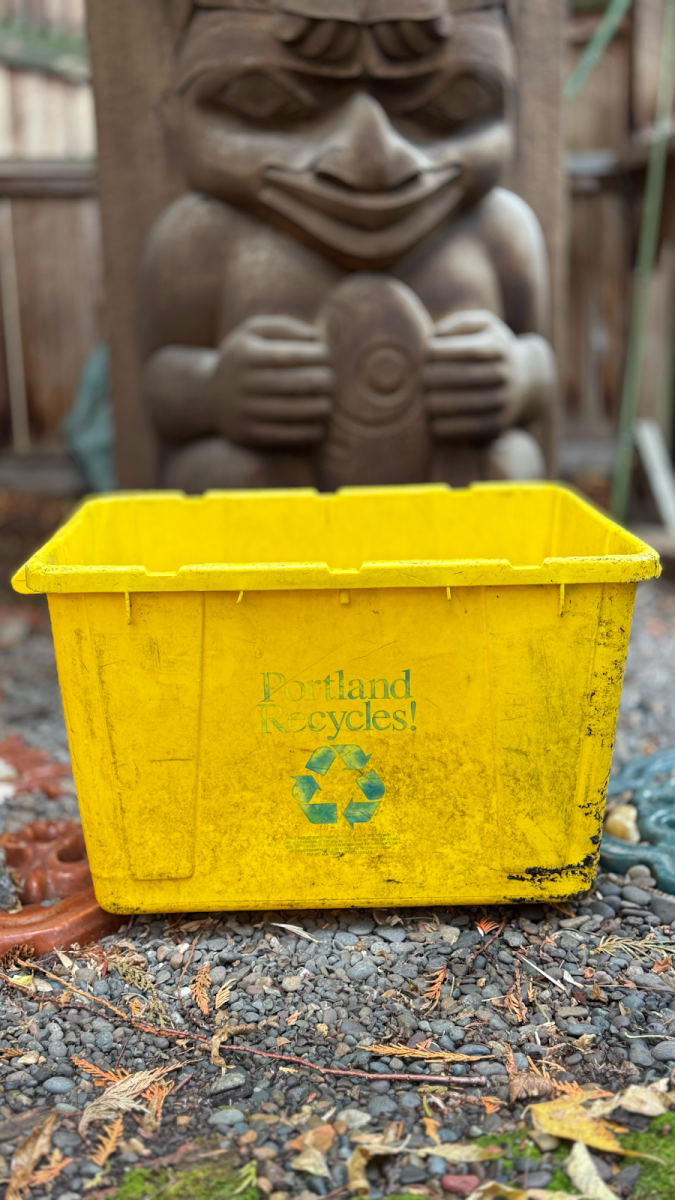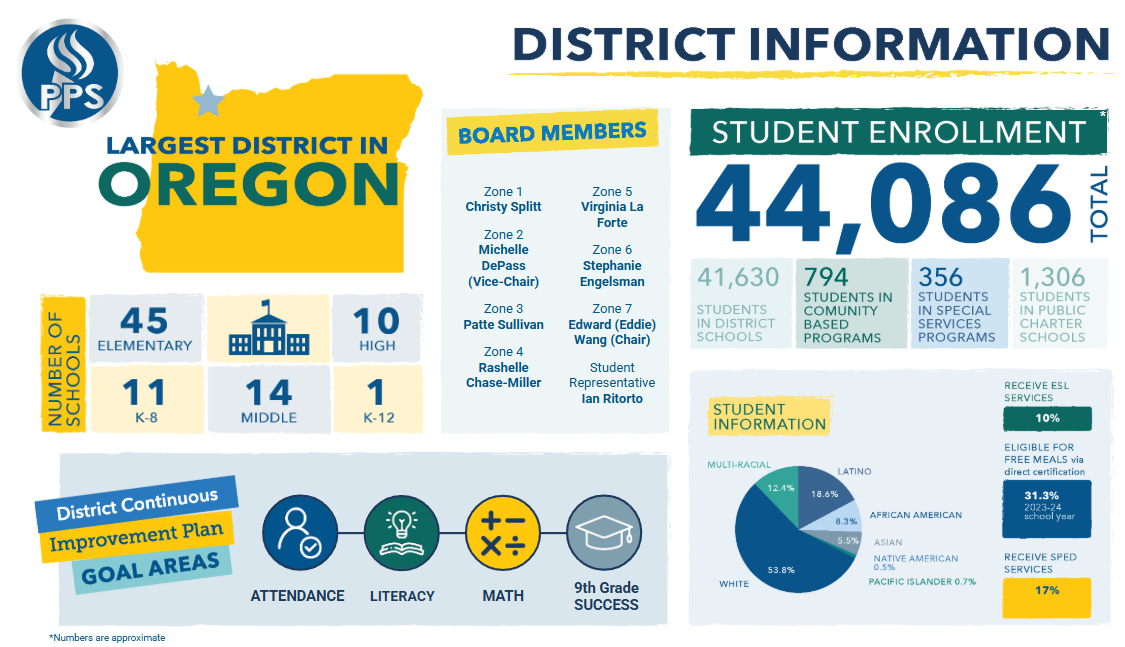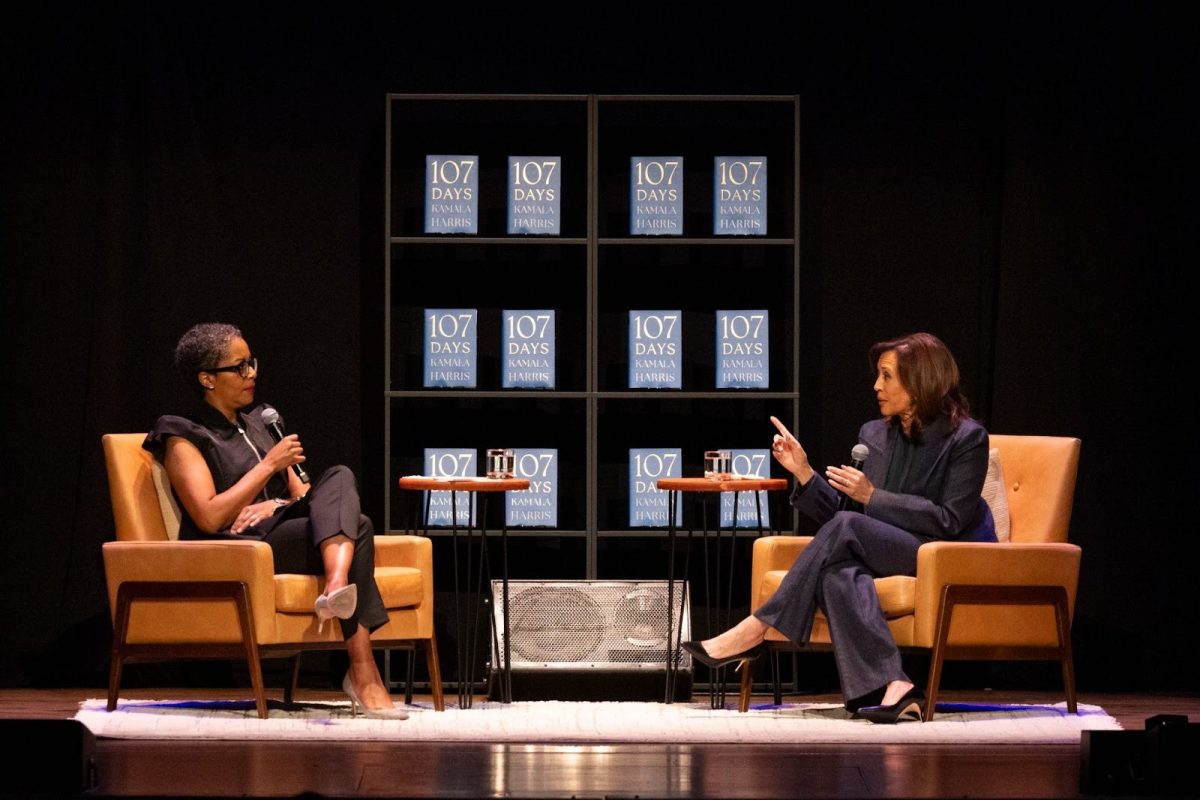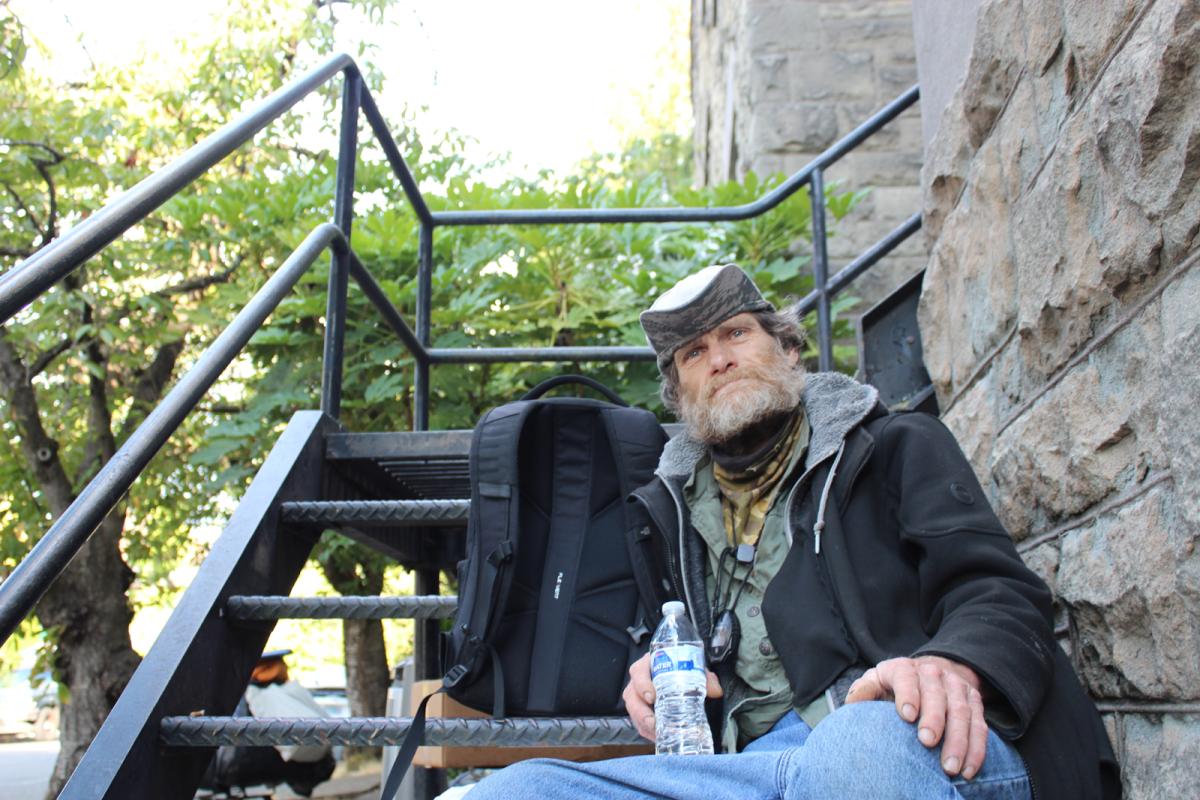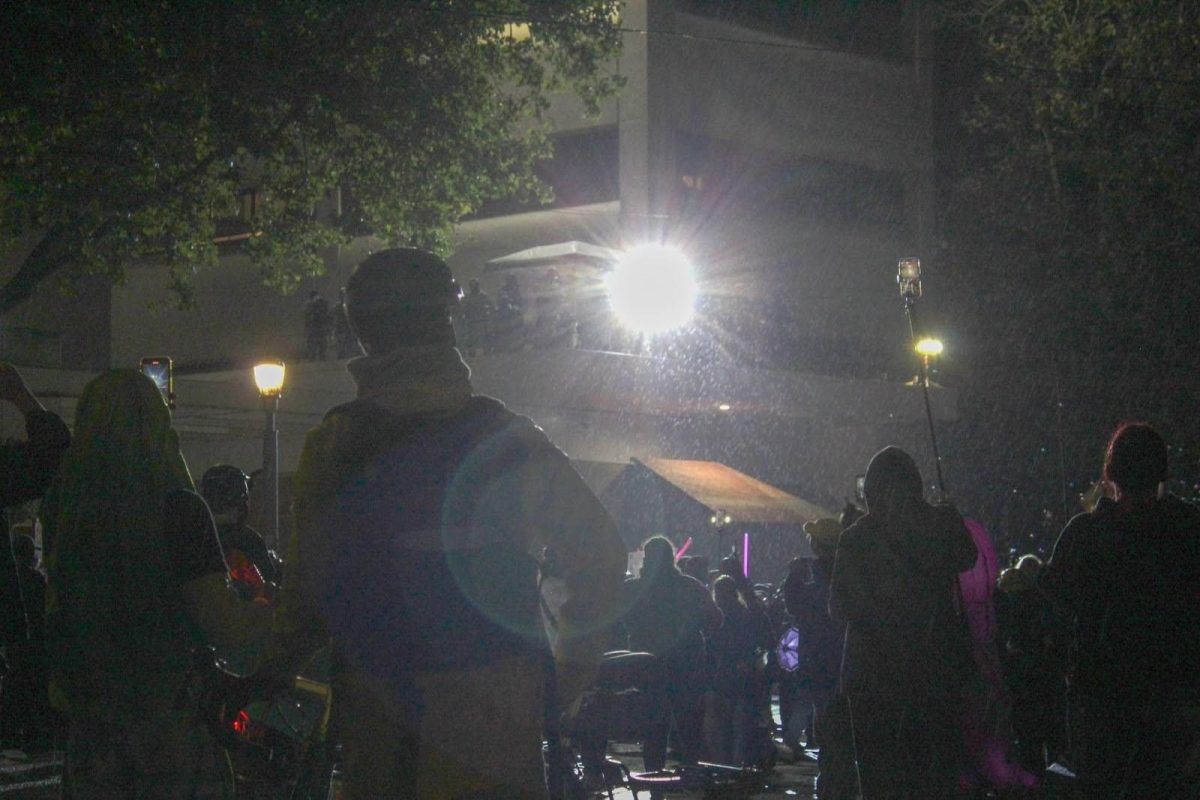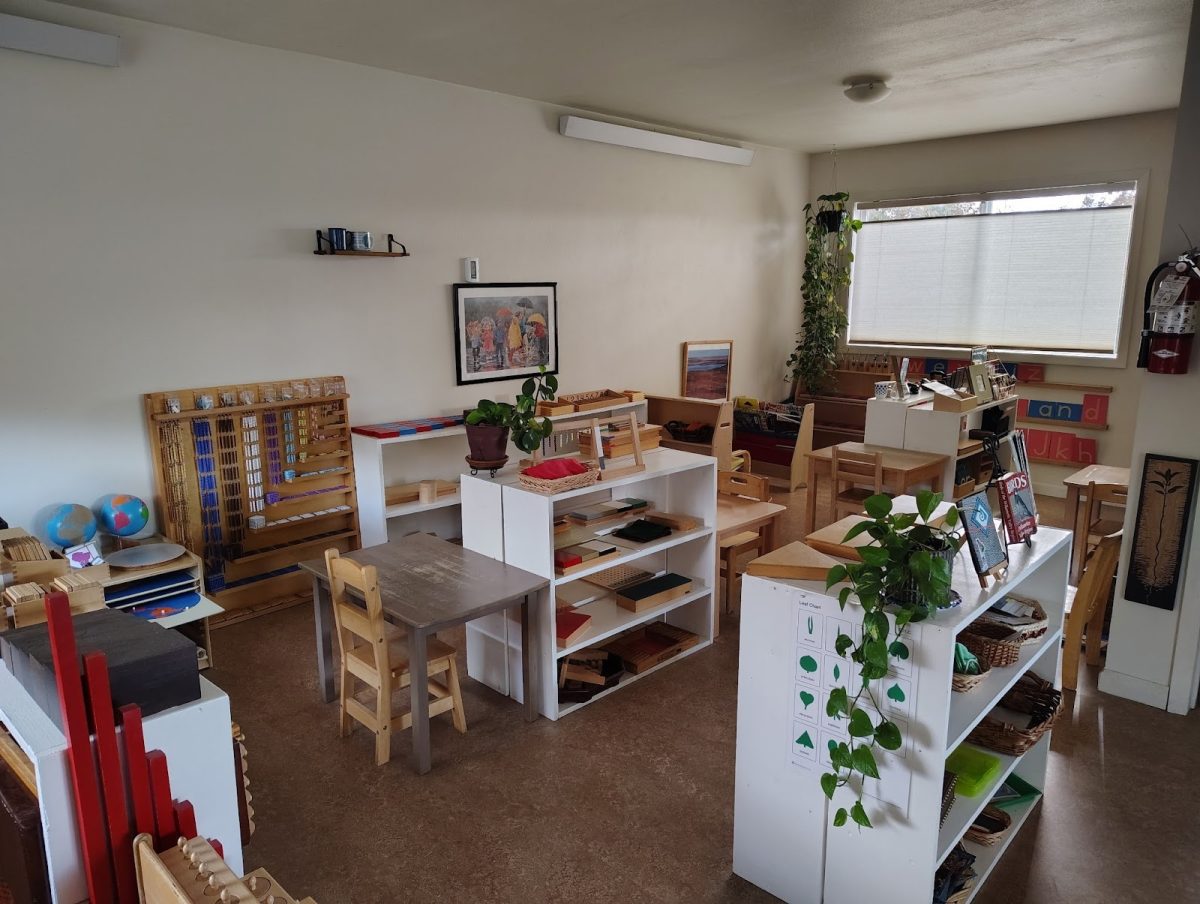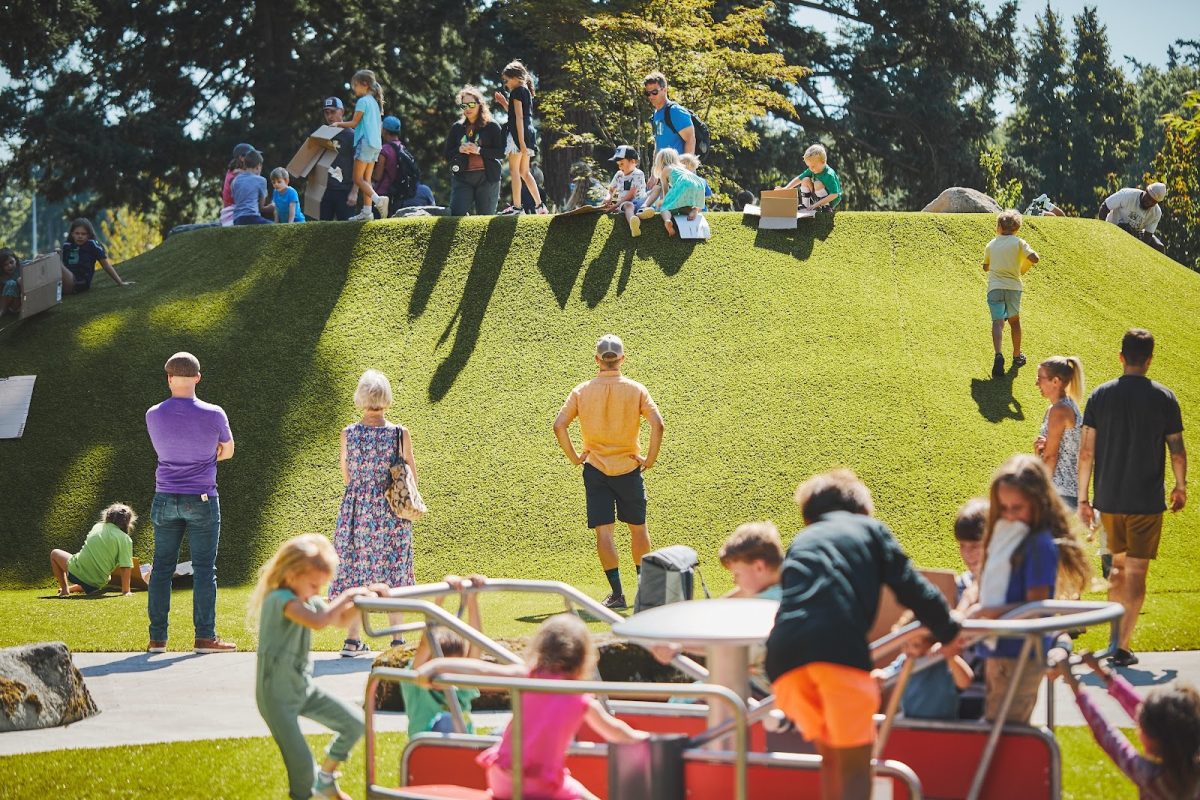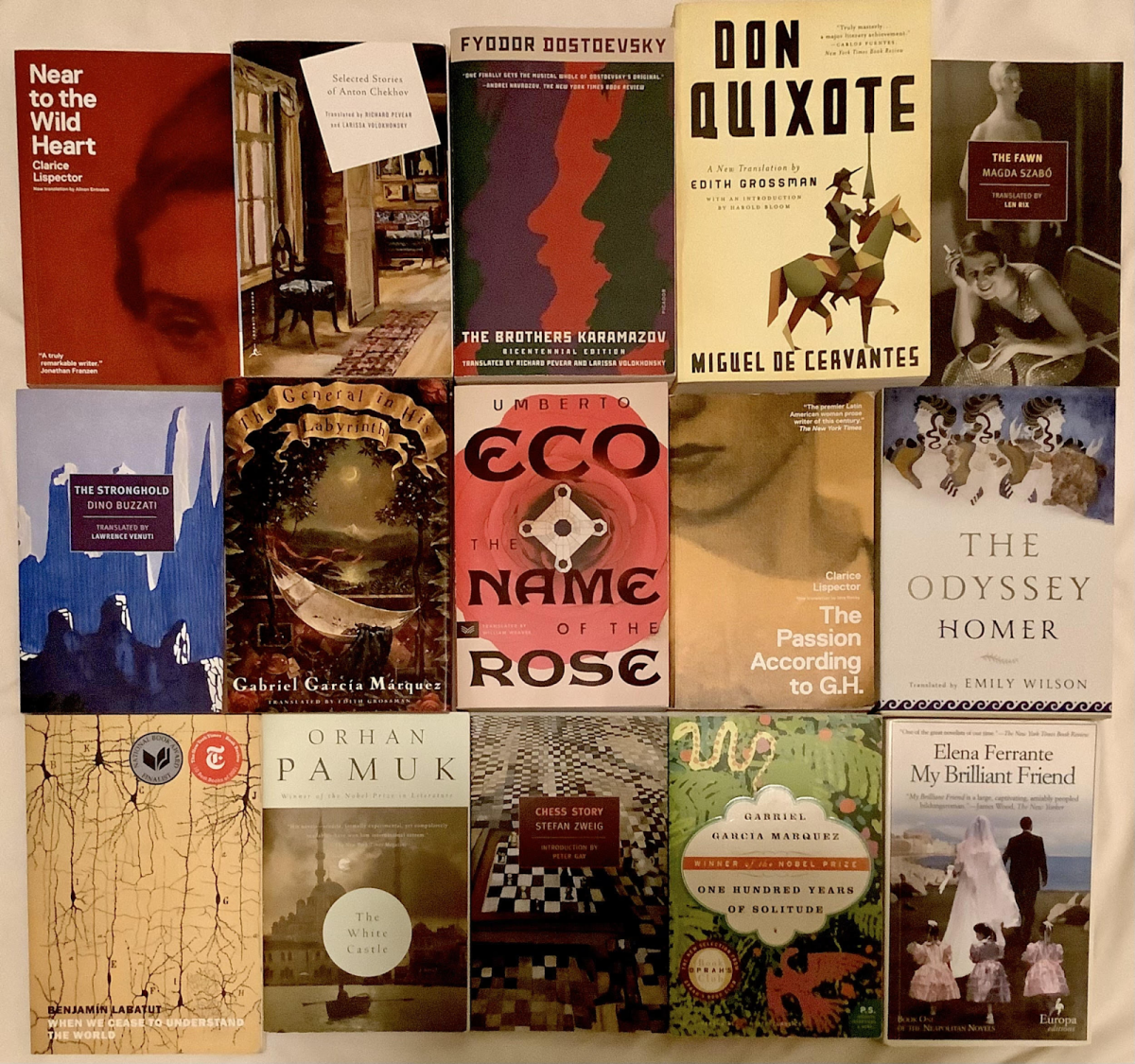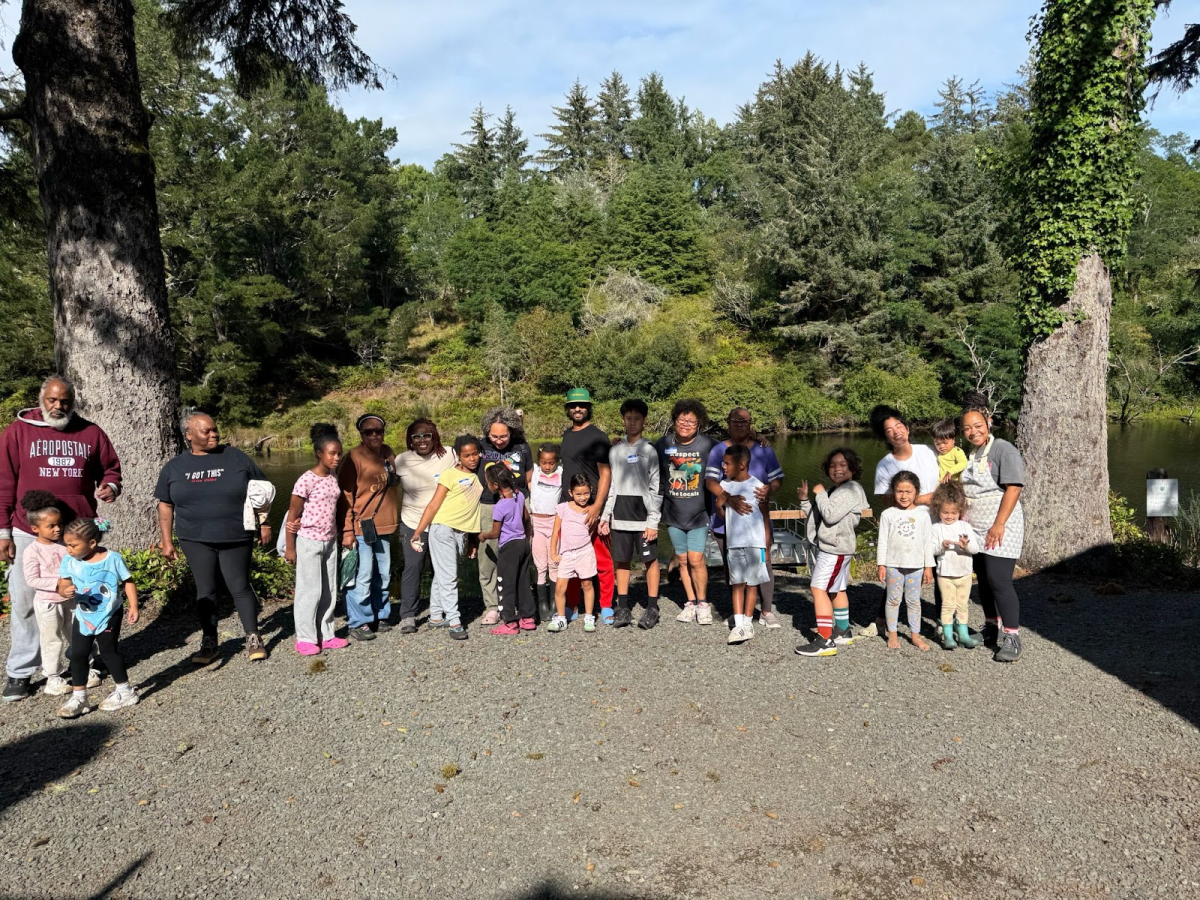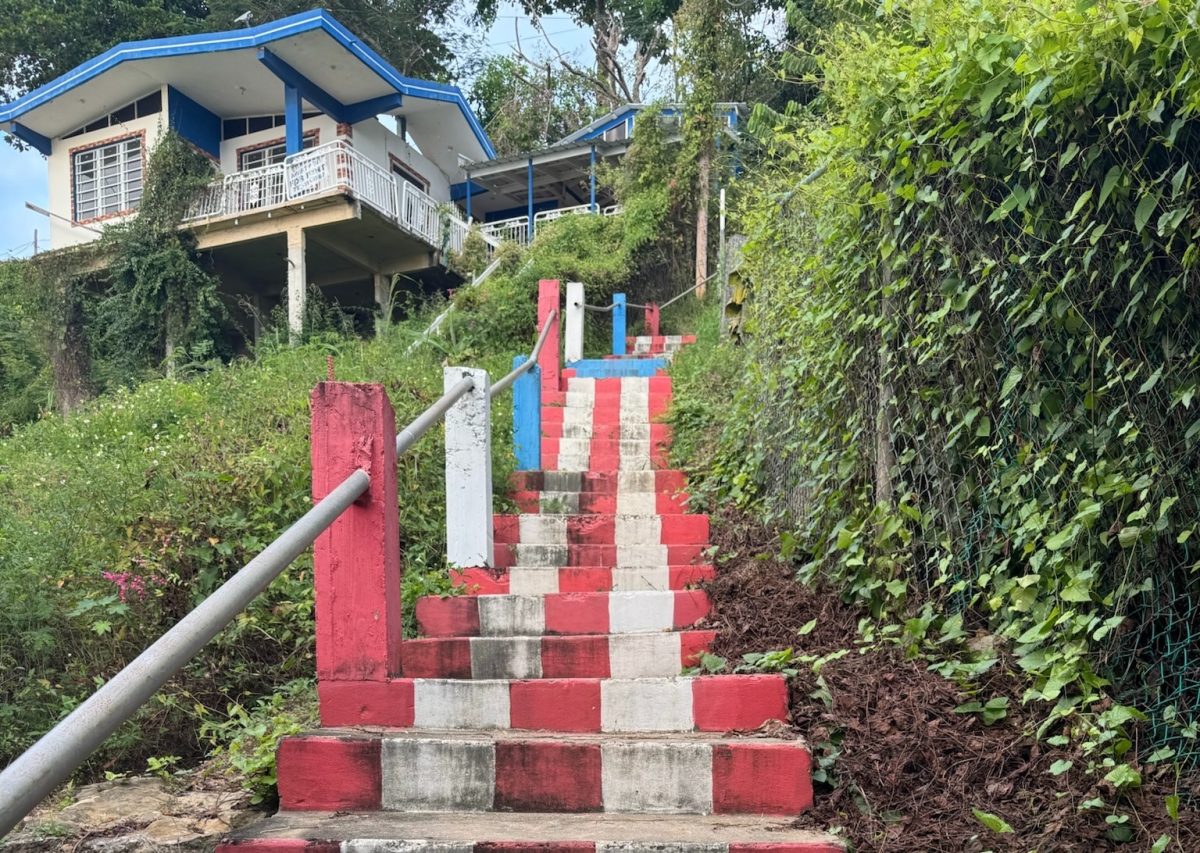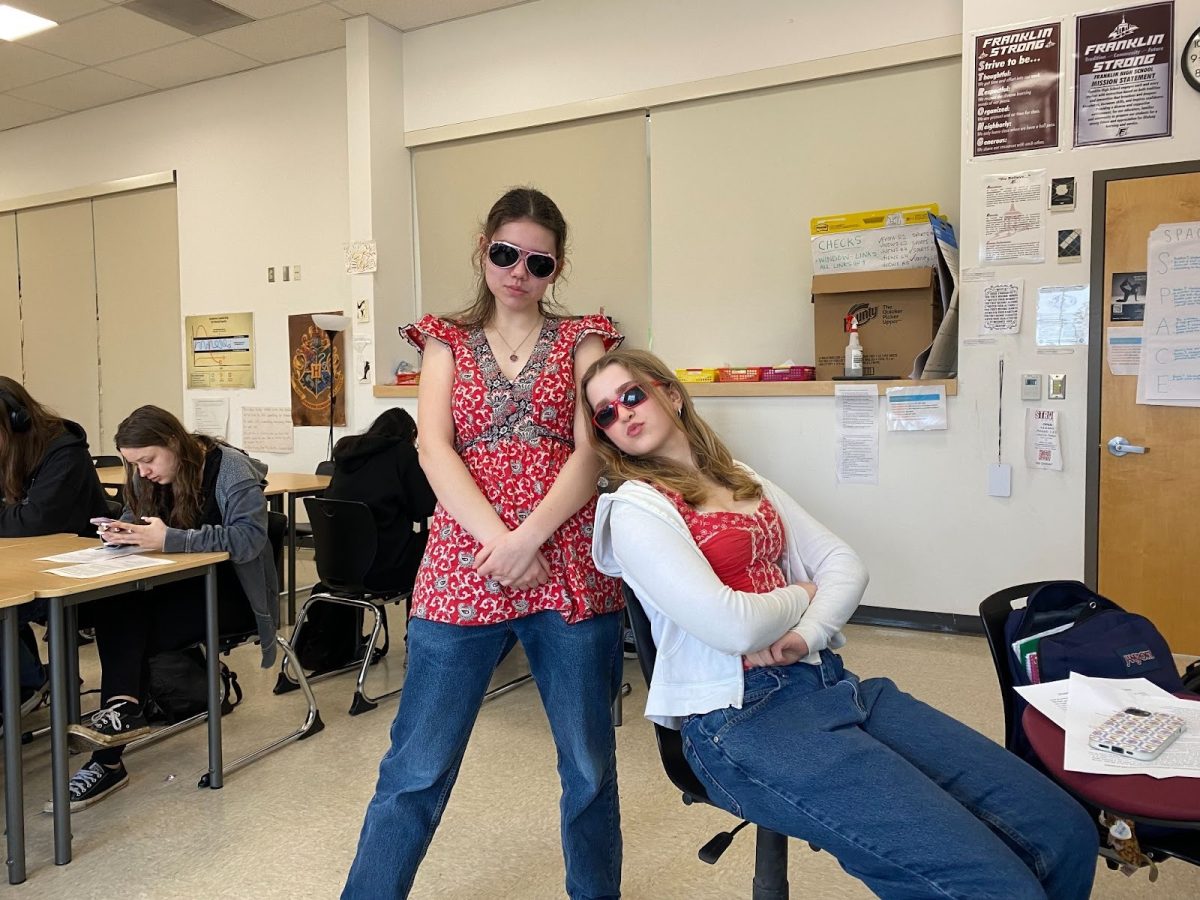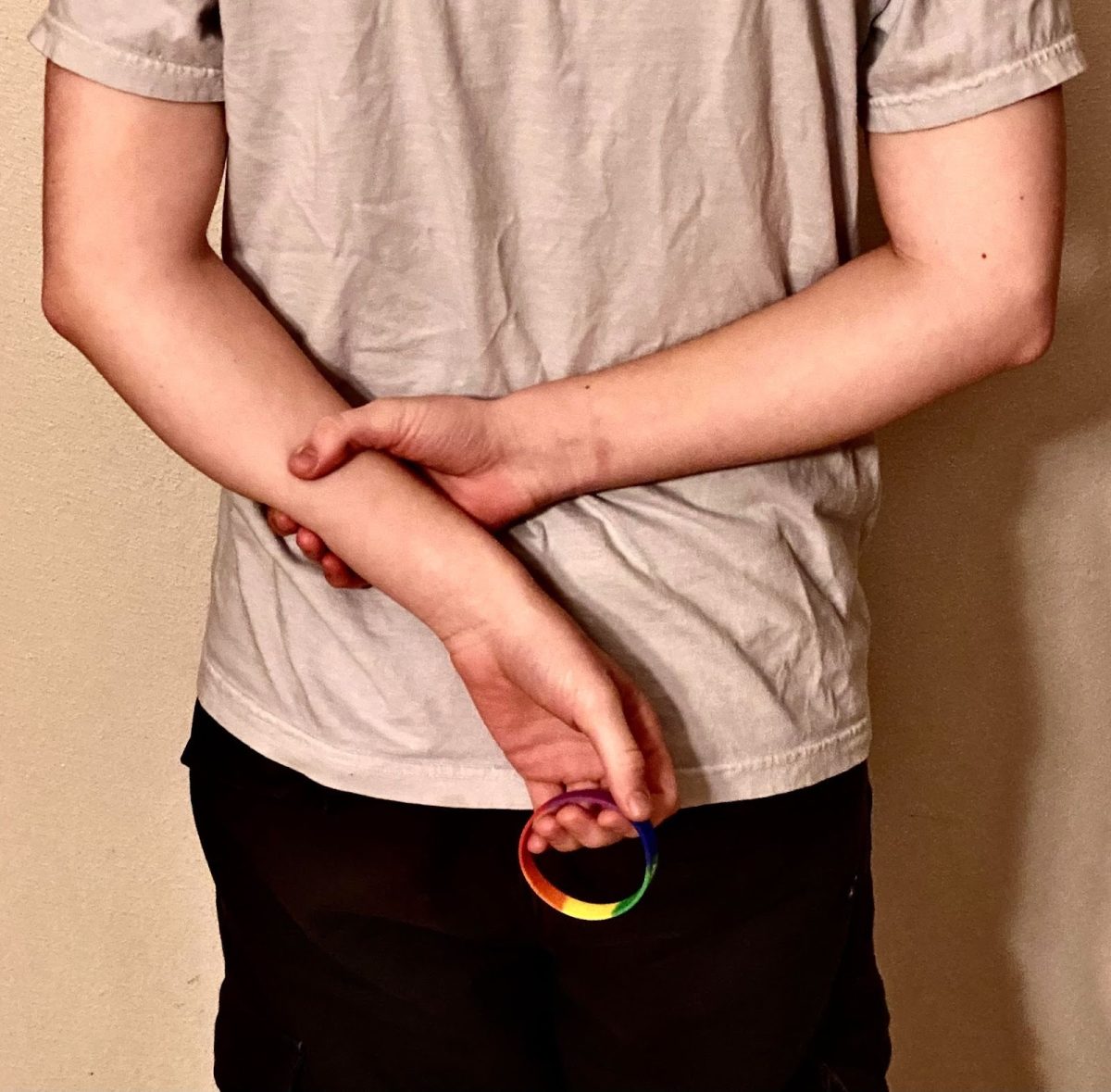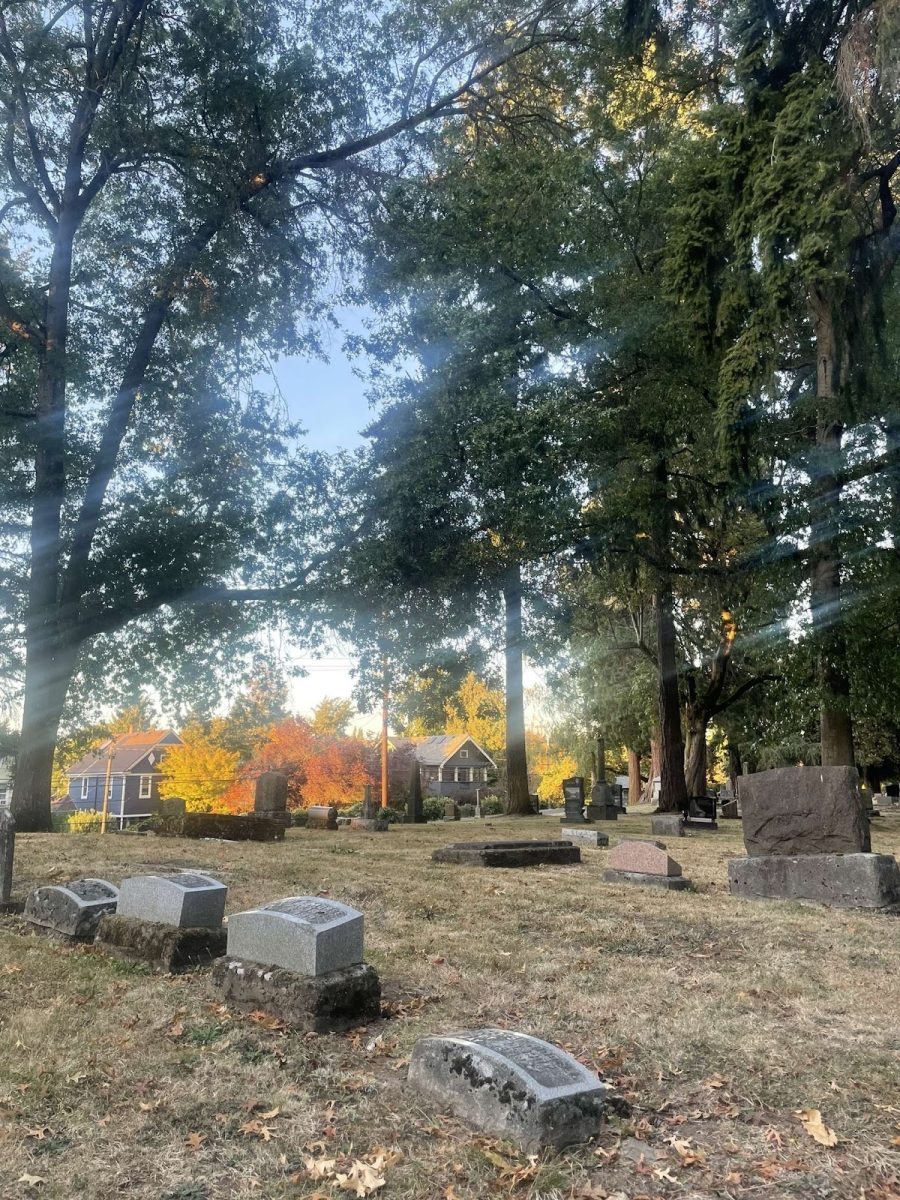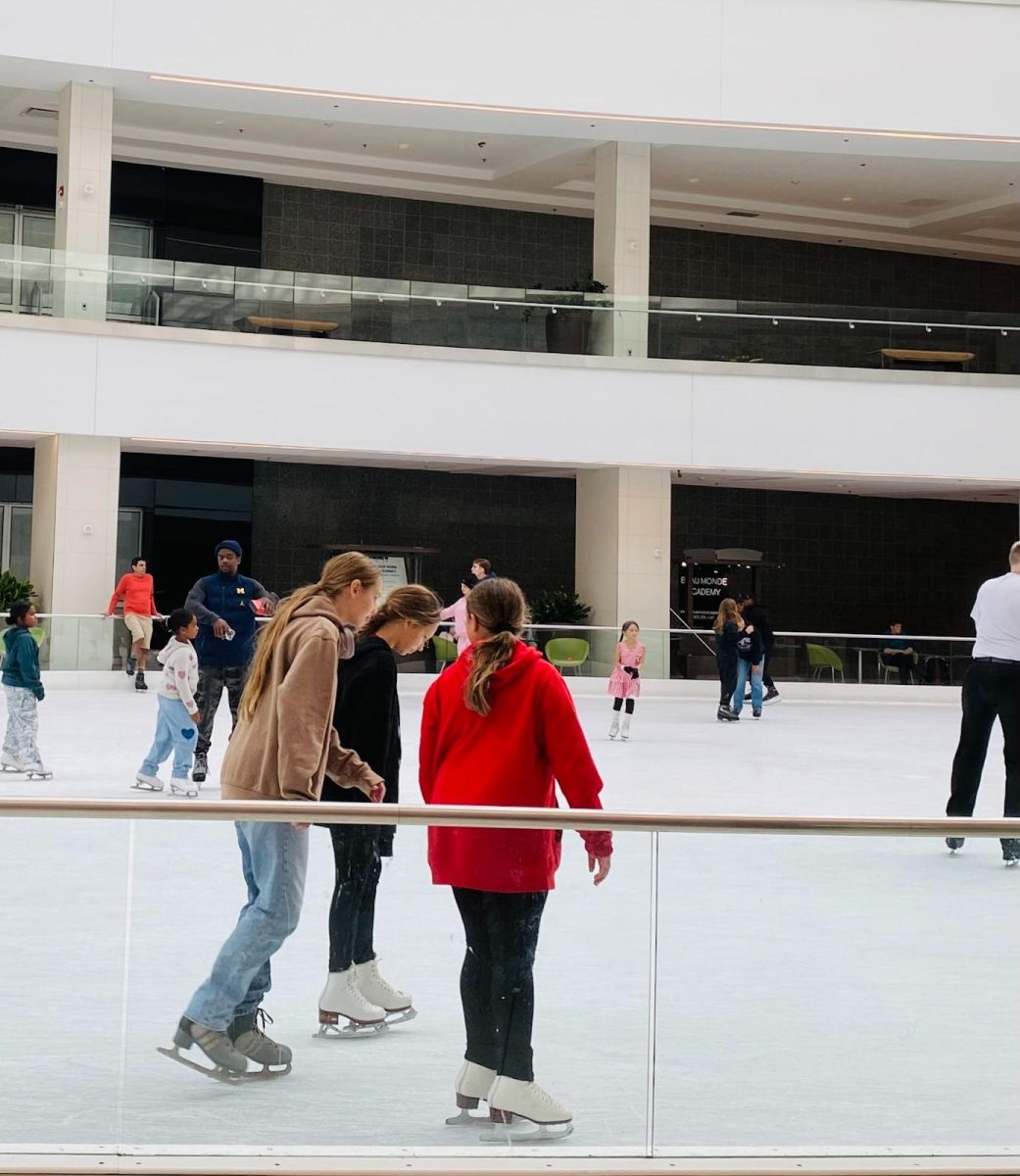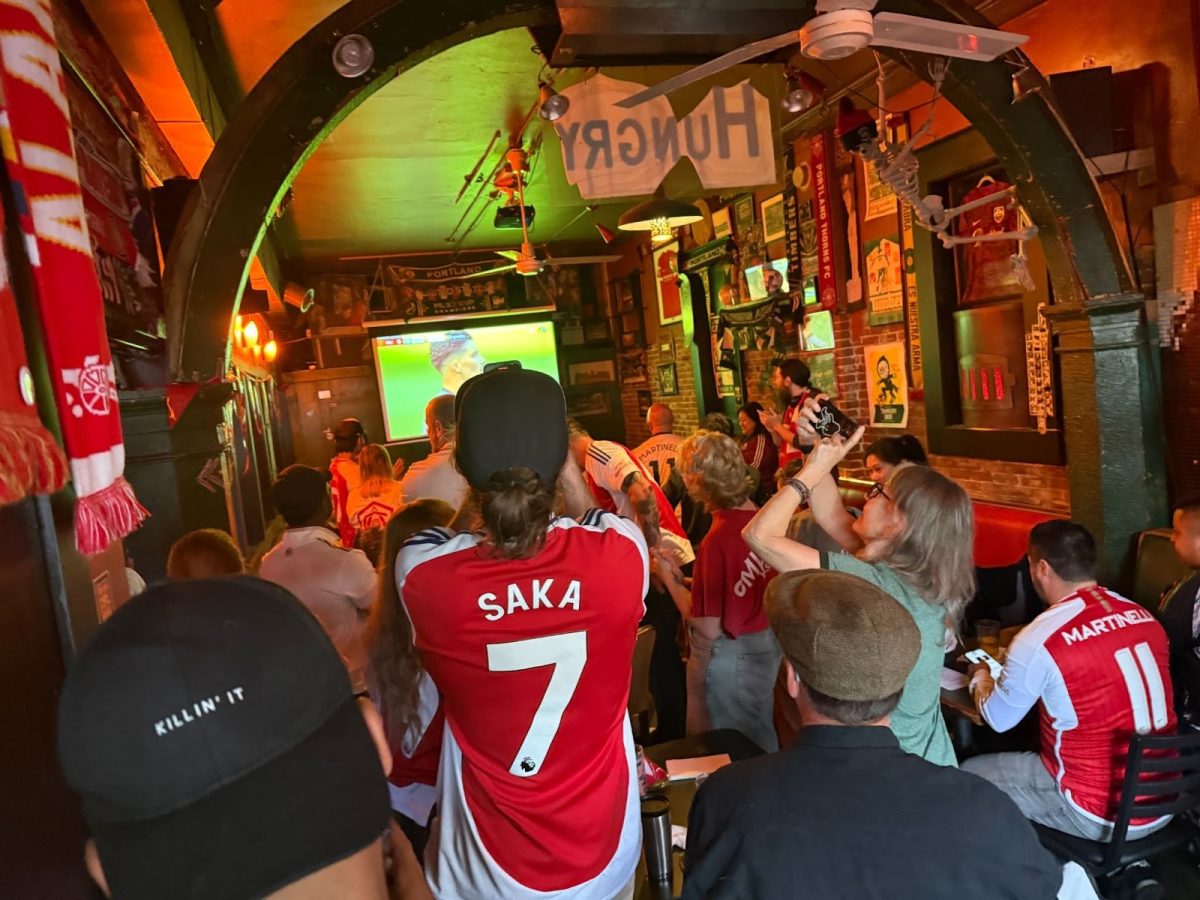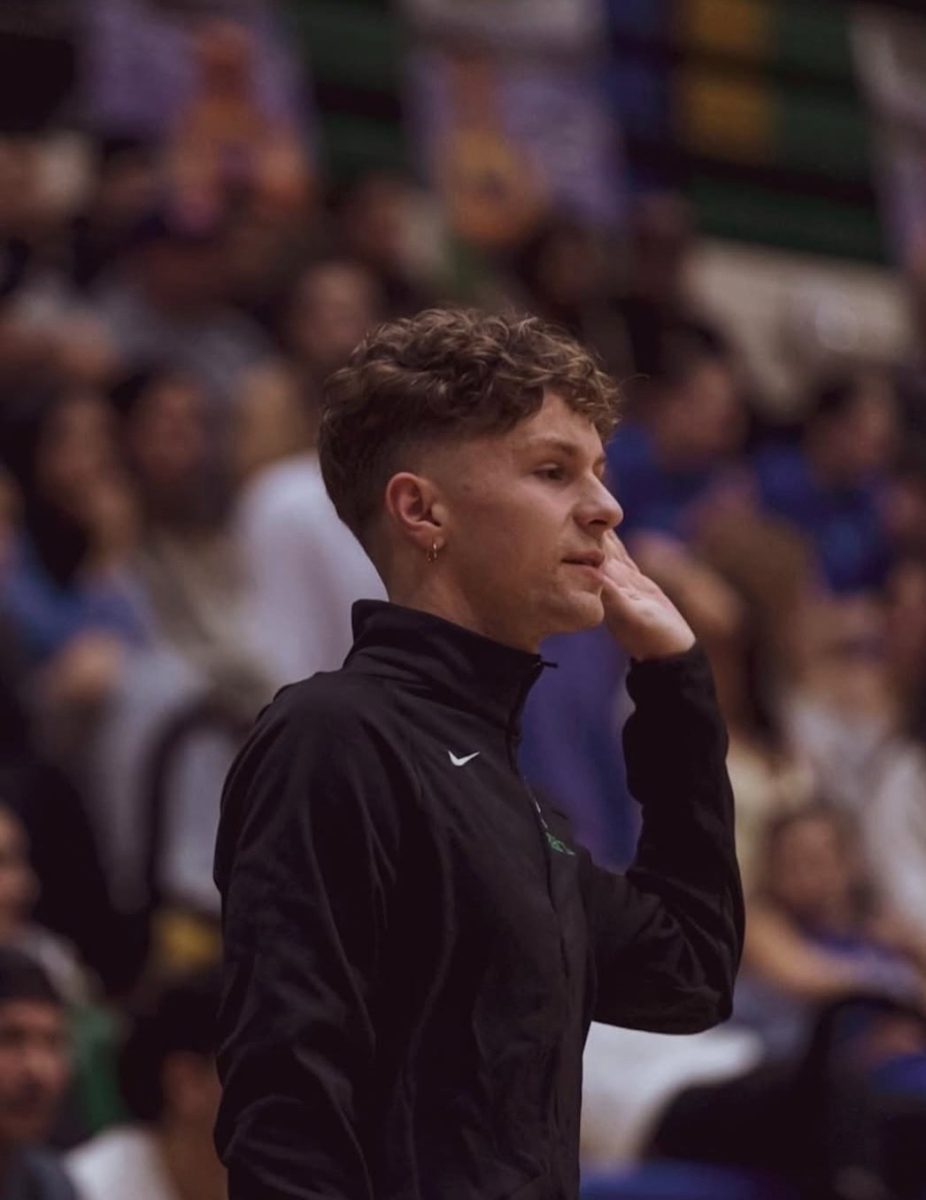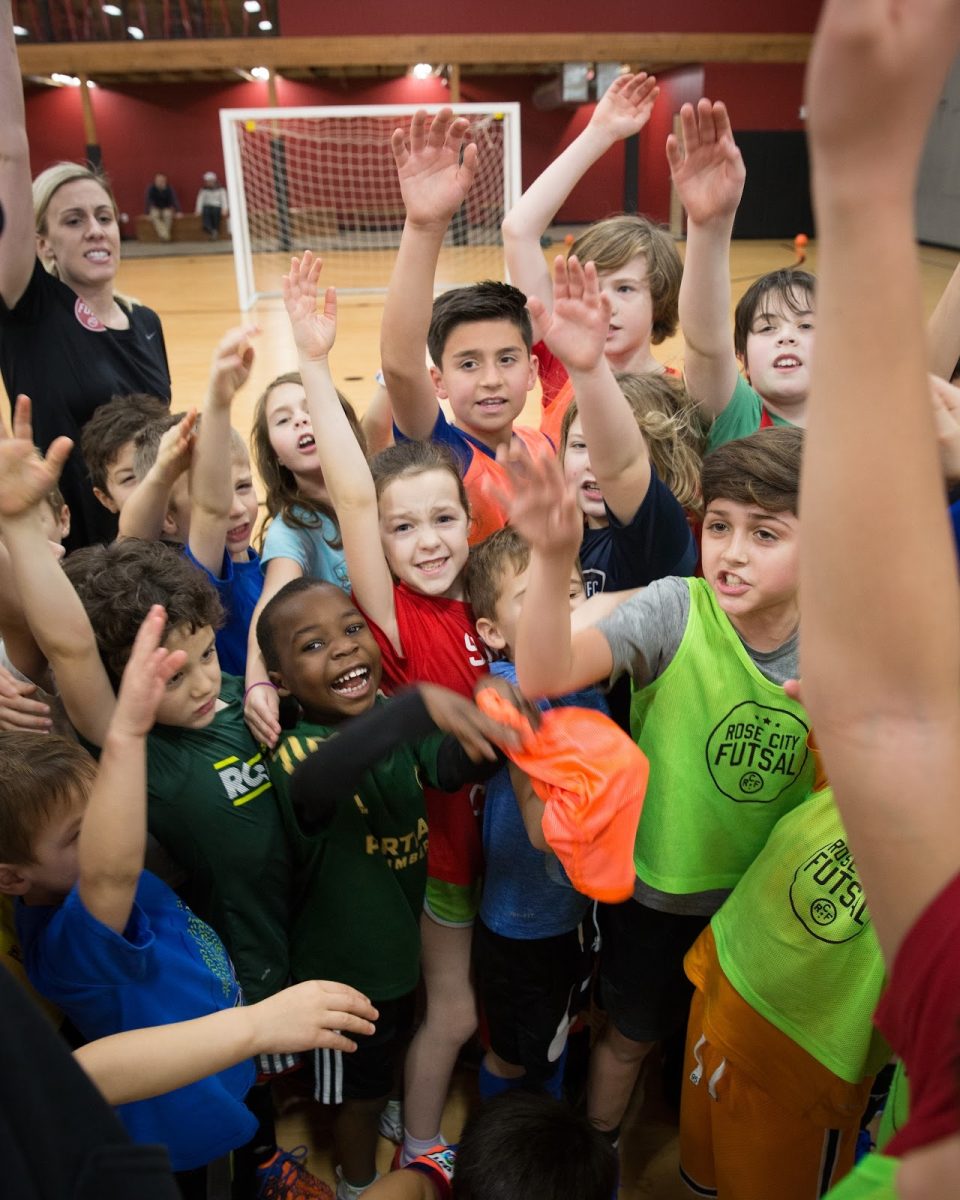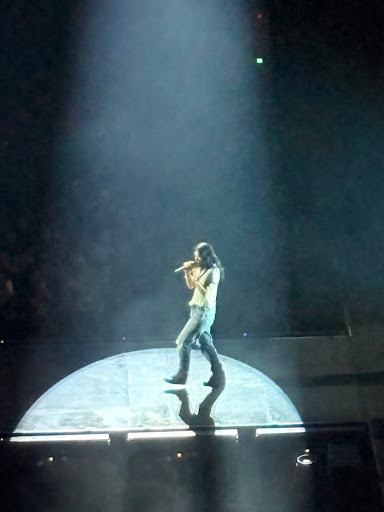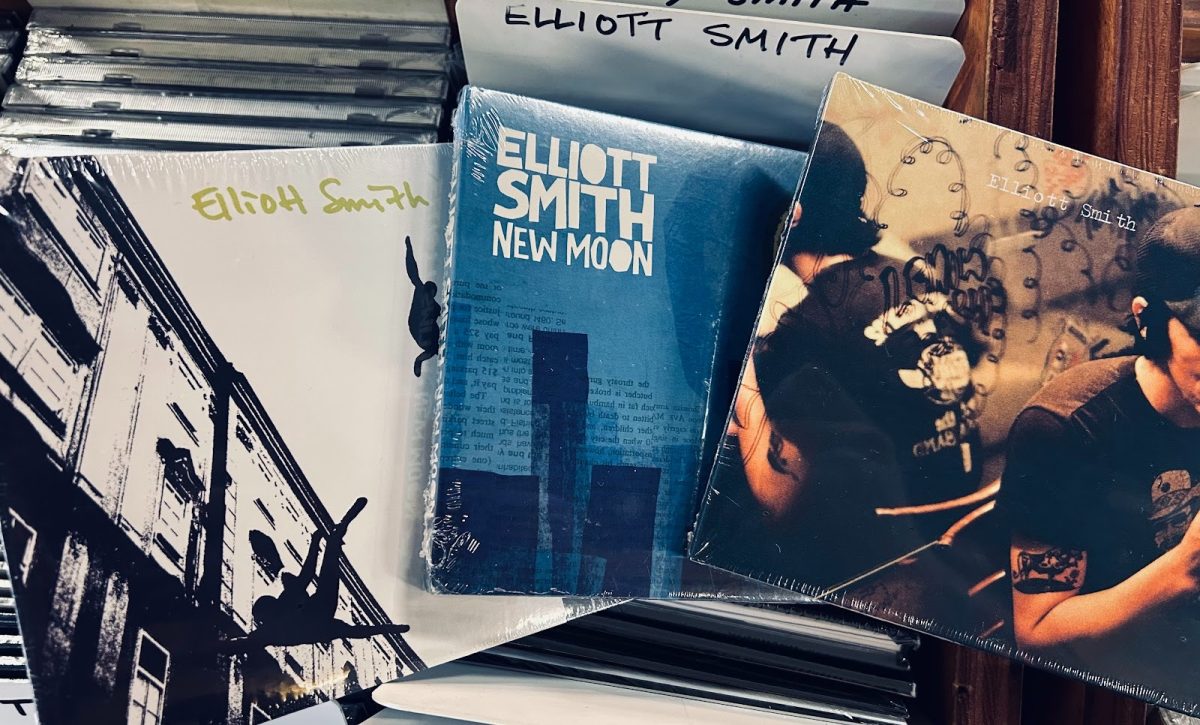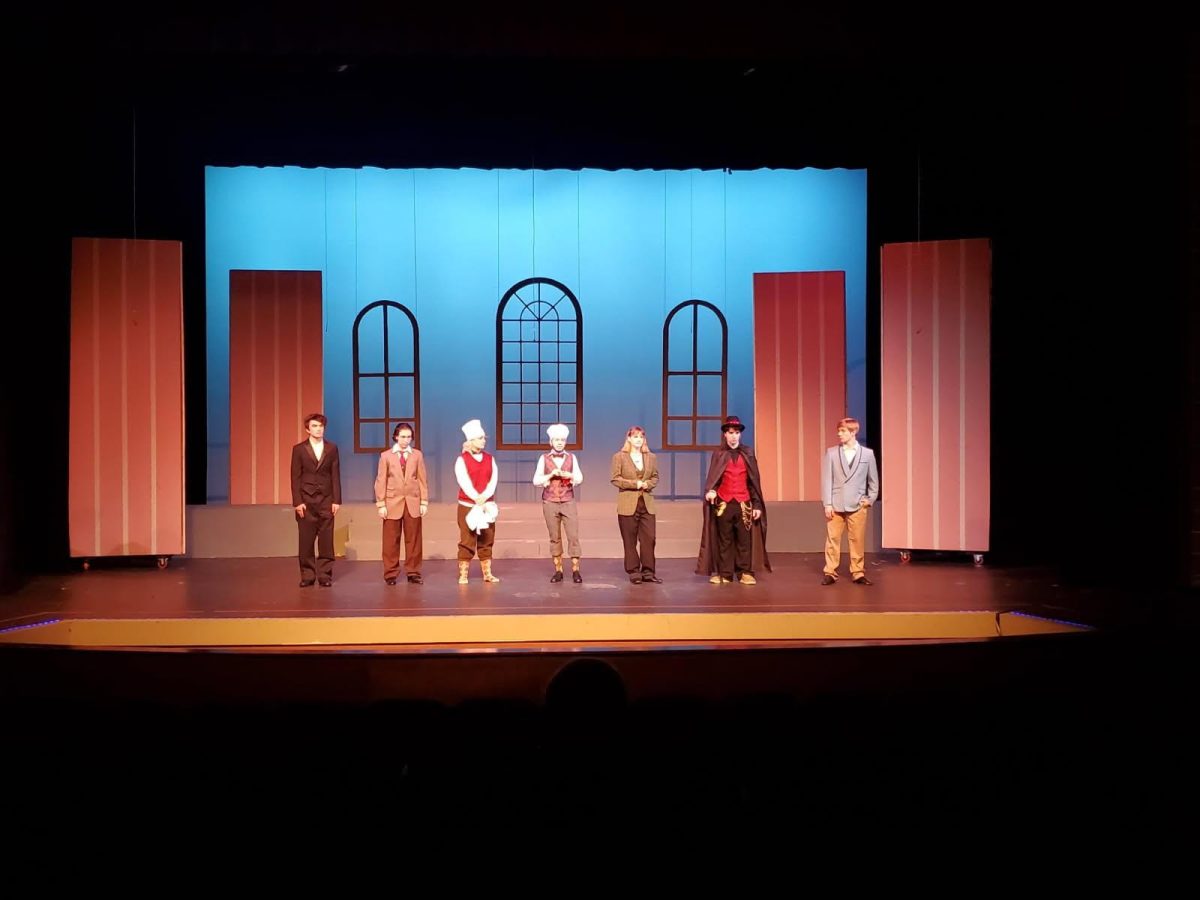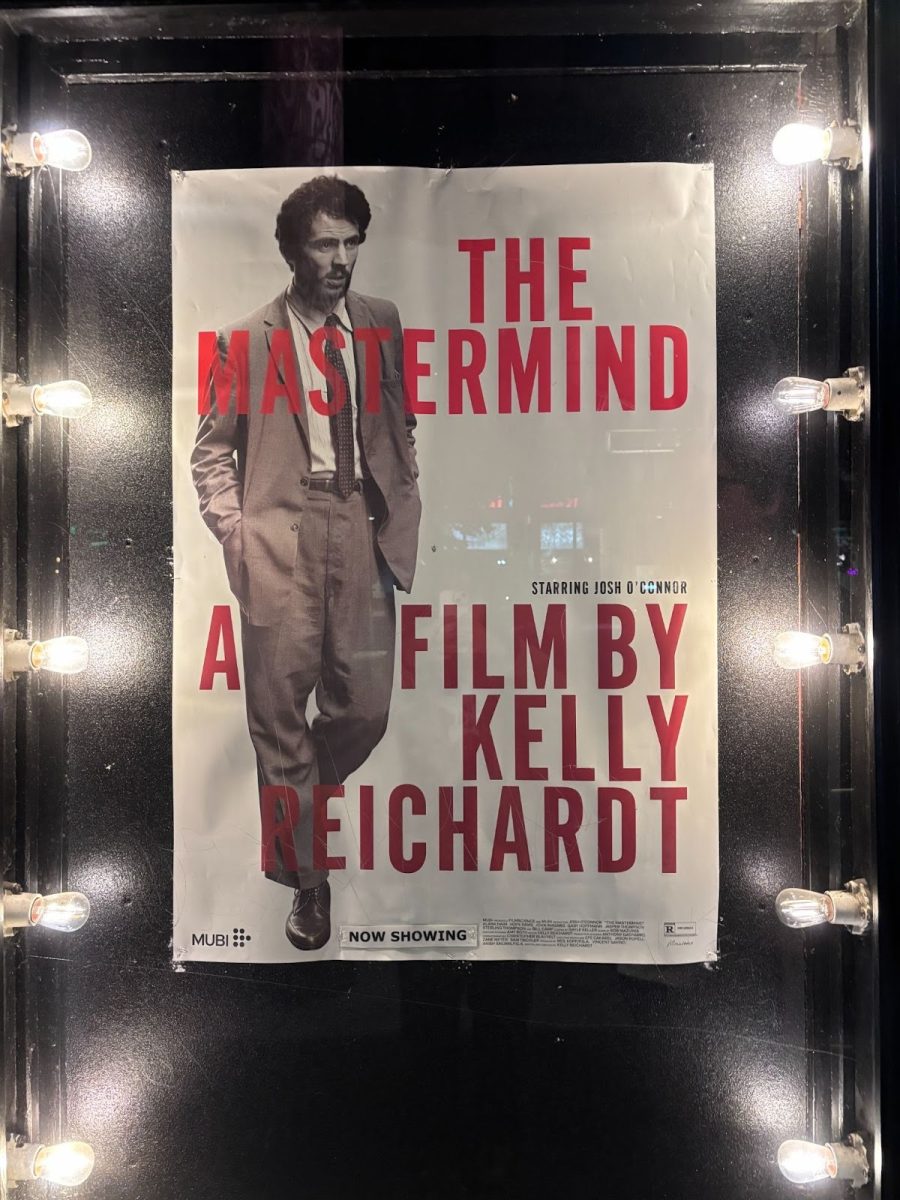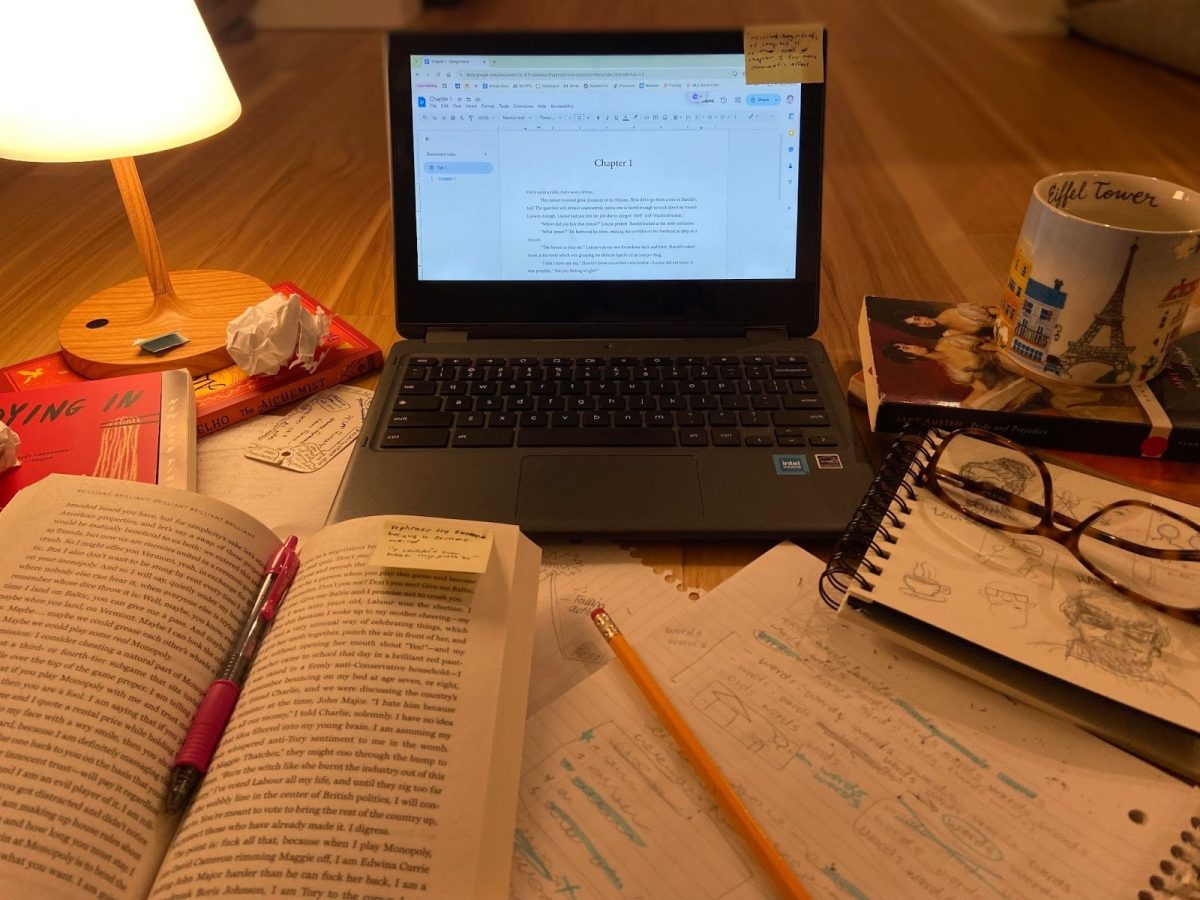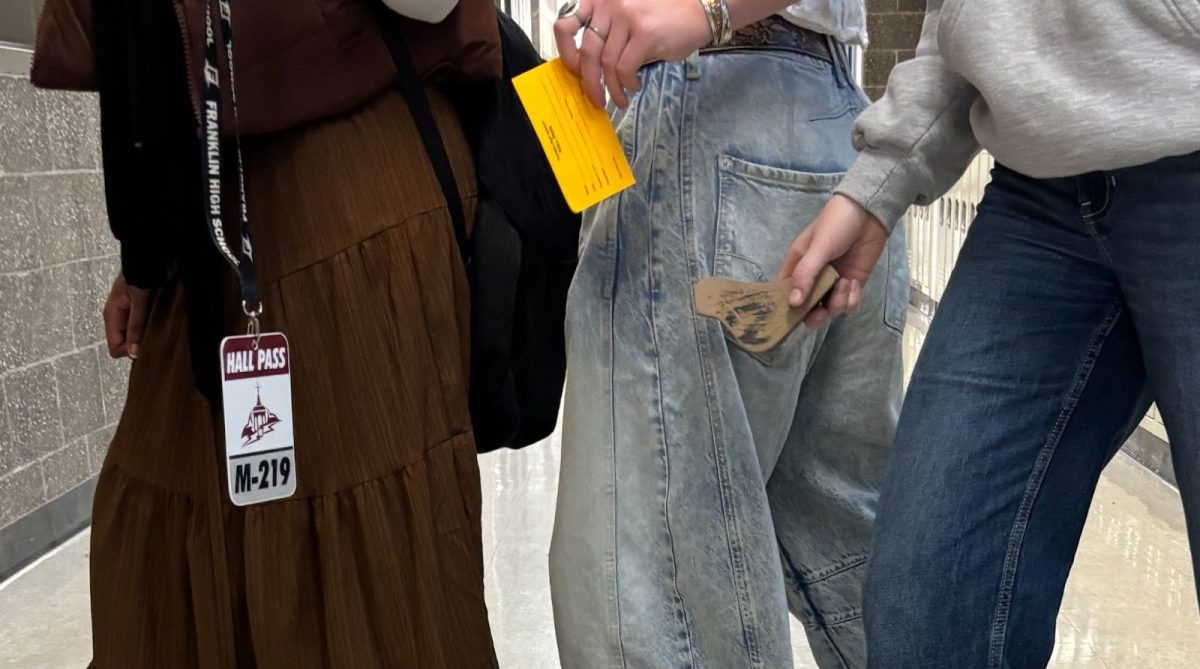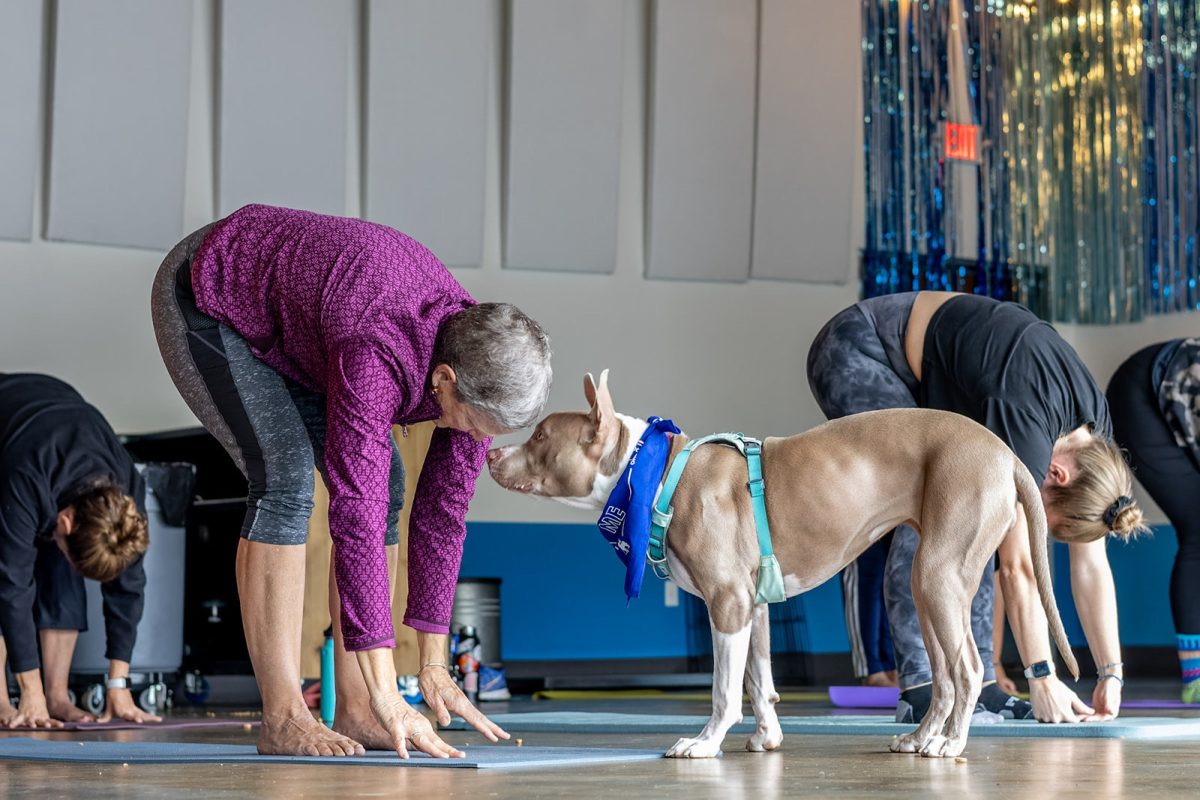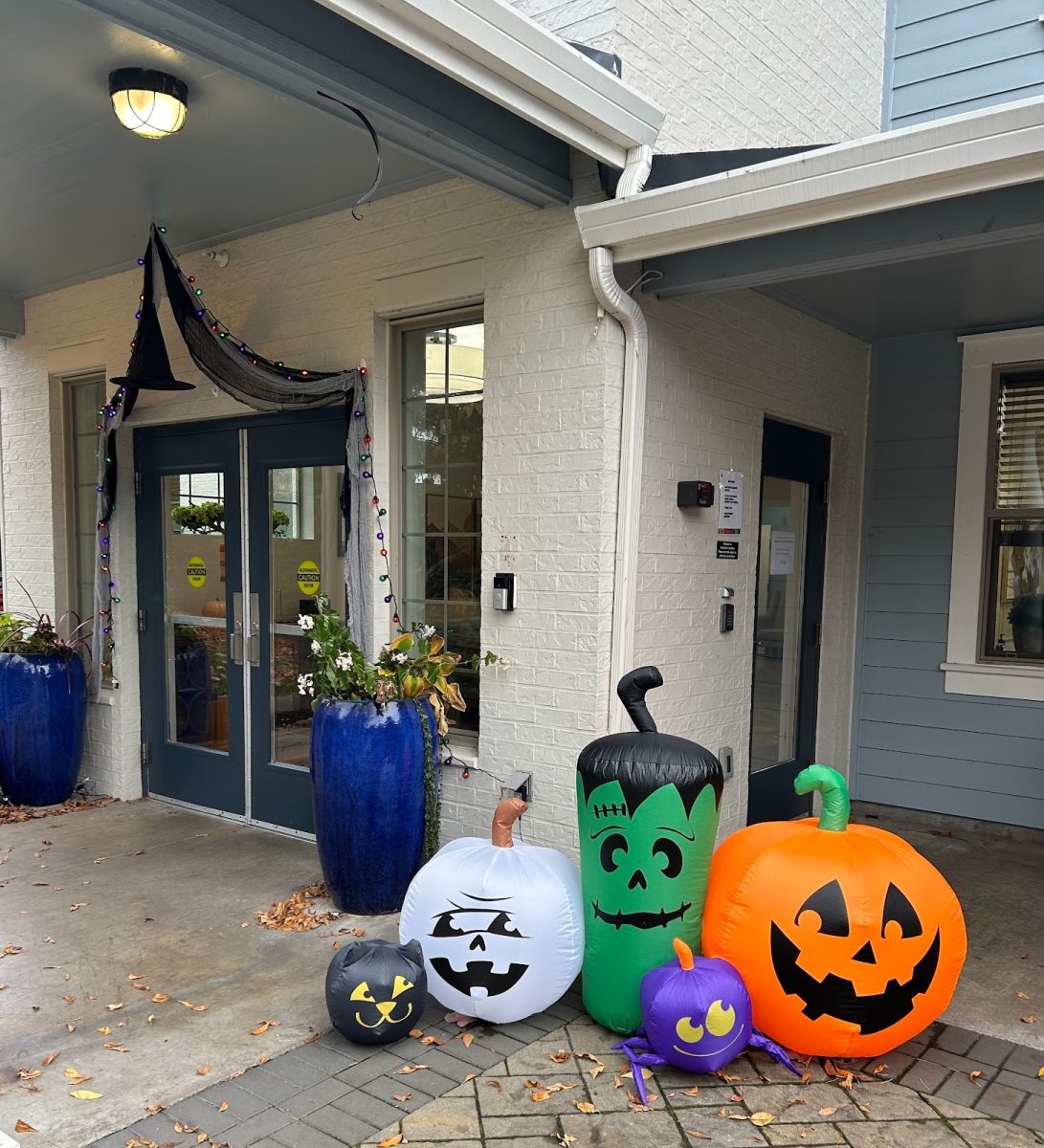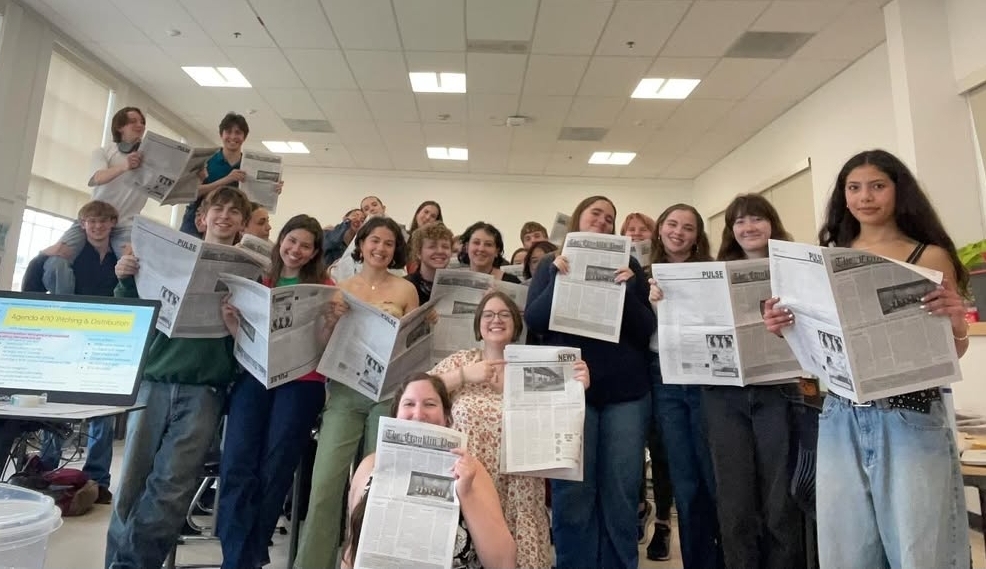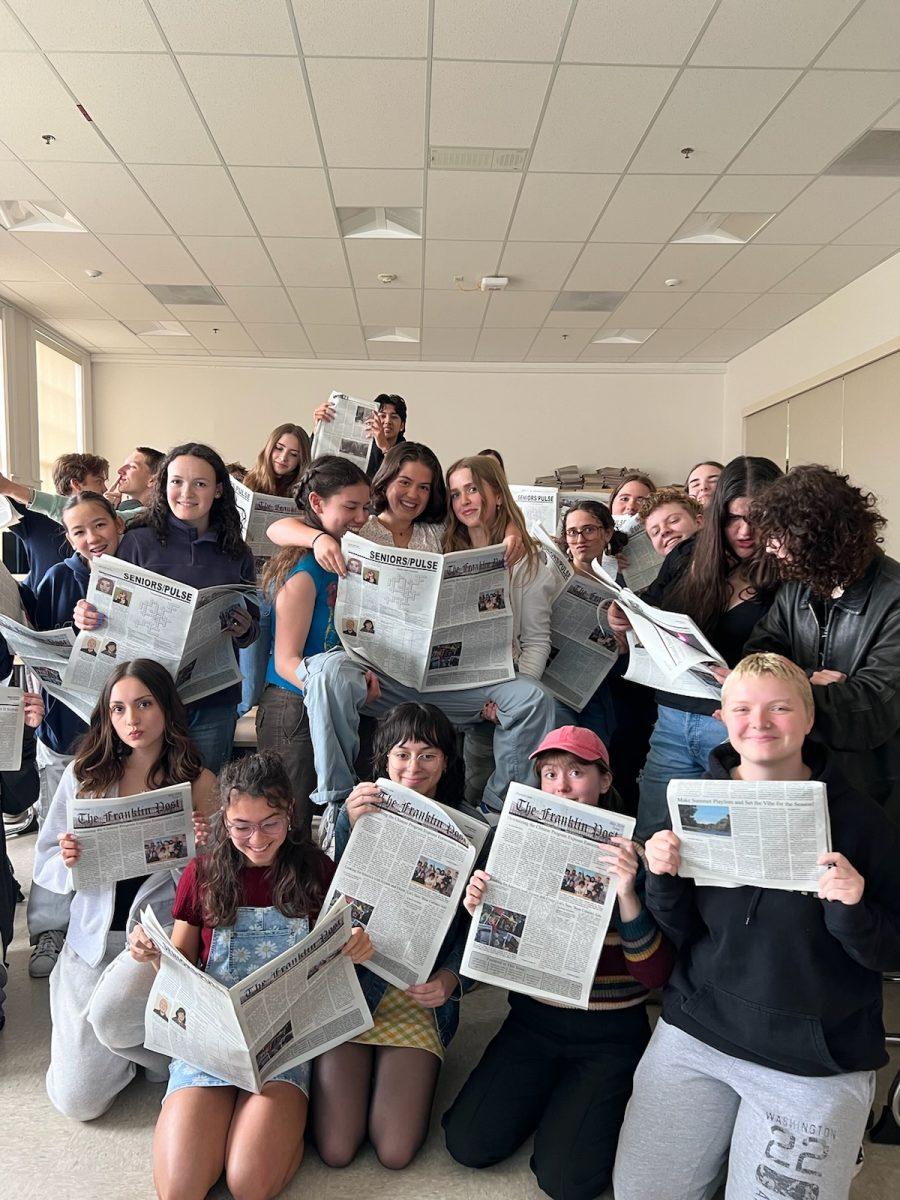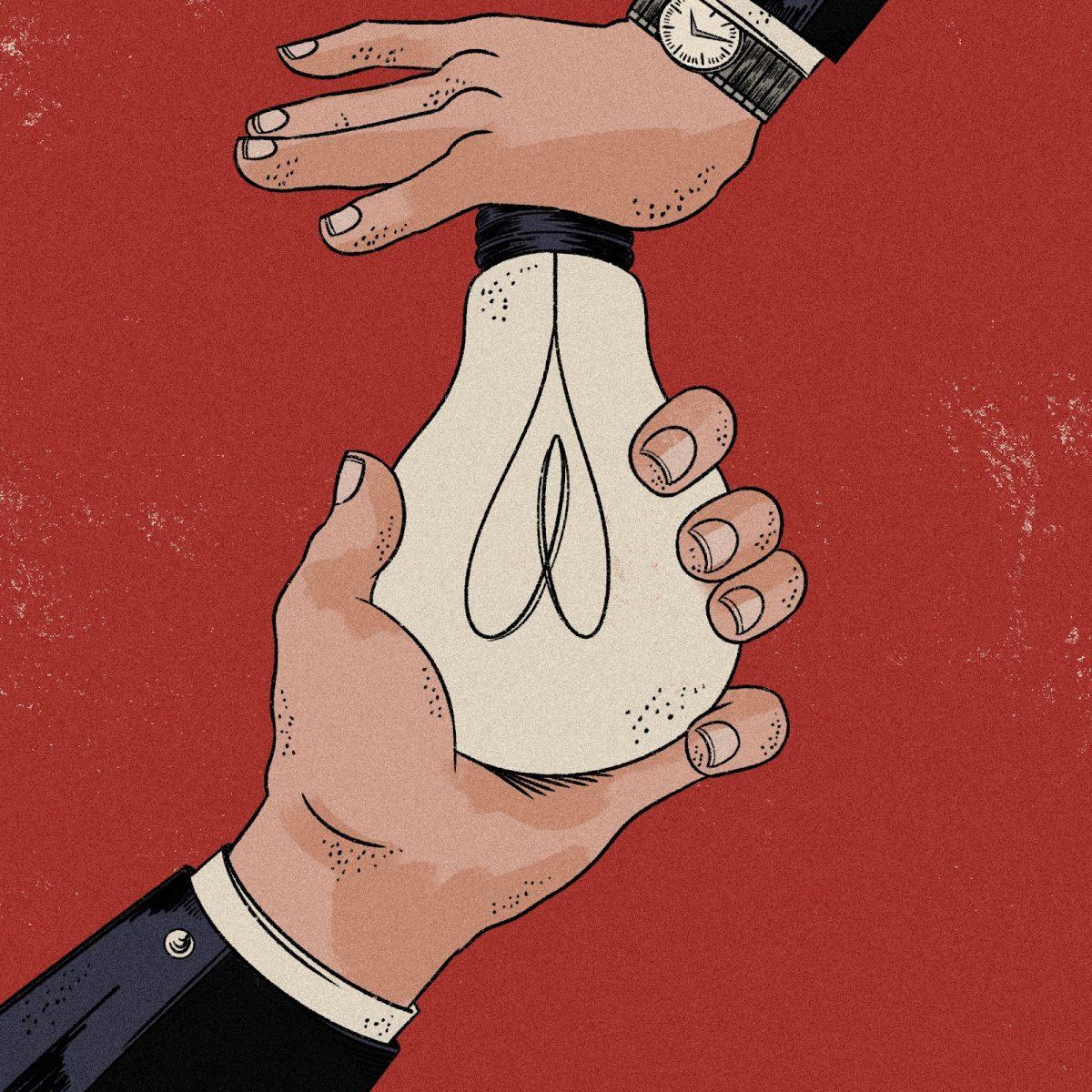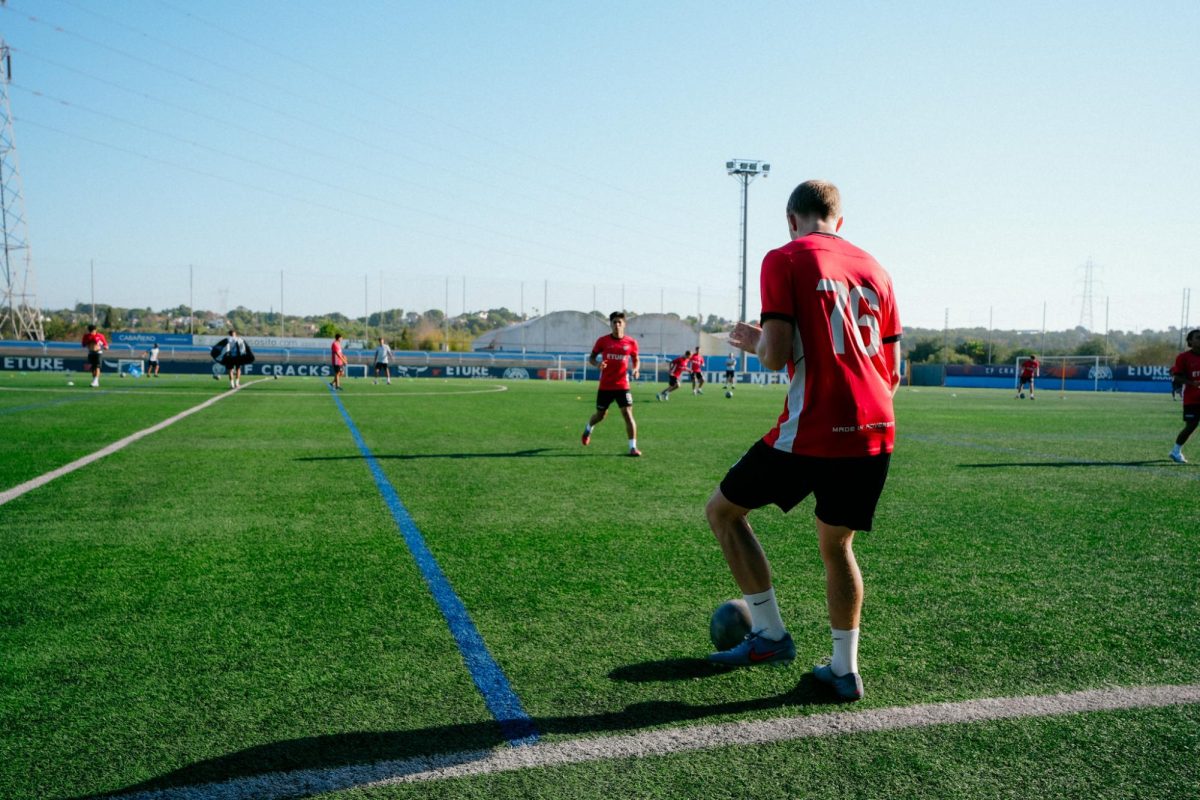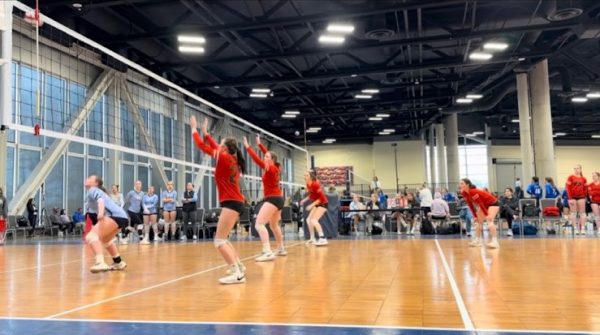
Disclaimer: The views and opinions expressed in this forum article are those of the author, and are not endorsed by the Franklin Post or Franklin High School.
One of the largest and most populated communities at Franklin is the athletic community. From little league baseball to die-hard Trail Blazers fans, the genre of athletics widely varies. For high schoolers, this community is particularly strong, as these are some of the most common years to play sports before entering a collegiate or professional level. However, once the final whistle is blown, the final game ends, and the season concludes, athletes and their respective families face an important decision. The choice at hand: whether or not to play club sports.
The options can feel looming as many student-athletes are highly encouraged by coaches to continue their athletic “career” following the end of their high school season. This dedication and drive to continue playing one sport, year-round, can create a standout player, as improvement from club seasons remains unmatched.
What’s one reason for the drastic improvement caused by the club season? Coaching. Where in recreational leagues coaches are volunteers, for club, and school sports they are found, hired, and paid for their services. Carly Copplestone, the Sporting Director at Eastside Timbers Soccer Club, explains that club coaches are required to have a U.S. soccer license. She expands on the benefits that club sports offer, saying, “You are getting better coaching … you’re getting more experience. [And] you’re training 10 months of the year, instead of three and a half months.” The additional months of repetition and training is incomparable with that allowed during the high school season, and proper coaching can greatly influence a player’s future.
Without this frequency of play and level of coaching, recreational sports are highly unlikely to generate the same development and refinement of skill. What’s more, at some highly competitive schools, previous experience playing club can constitute a player’s likelihood of being placed on a team at all.
Coach and founder of North Pacific Juniors Volleyball Club (NPJ) Adam Ellis echoes this statement, saying that for volleyball in particular, athletes who play on club teams can expect to be playing at a more competitive level since it brings together some of the best players, from a variety of schools, onto one team. The difference can be transformative for athletes, especially those hoping to continue athletics past high school, and into college.
Student-athletes hoping to get recruited almost entirely need to play on a club team for that opportunity. Lucy Kapranos, a junior at Grant High School who is both a club soccer and Grant soccer athlete, explains that “for soccer it’s really hard to get recruited if you only play high school, so playing club allows for more exposure to college coaches.” This is additionally true for volleyball, among other sports. If players are hoping to be recruited for college, they will likely only get that opportunity at club tournaments. Ellis explains that “in [club] volleyball, it’s really exposure.” He continues, “We go to tournaments where there are anywhere from three to 600 college coaches, where you walk into a high school match and there aren’t any college coaches.”
We have heard, seen, read, and for some of us, even experienced the benefits of sports. Leadership skills, health, trust, kindness, respect, communication, self-advocacy, teamwork, adversity, and responsibility are just some of the many advantages brought by sports. Ellis says “There are so many great life lessons that can be taught through sports.” Yet, all of these benefits come with a cost.
Volleyball clubs in Oregon can cost somewhere between $2,000-$4,000+, soccer clubs typically range from $500-$2,500, and basketball clubs are around $500-$1,500. By comparison, a season at Franklin costs $200 per student, and recreation leagues have a range of around $100-$150. Many students have to consider the costs and benefits of club sports as they approach college and post-high school plans, accounting for all the expenses that will come with that transition. Niko Fischler, a junior at Grant High School and club lacrosse player, says that, “There have definitely been times where I’ve weighed my desire to play lacrosse against other extracurricular activities [because of the financial burden].”
Youth sports, like so many other things, have become strenuous or completely inaccessible for many. The foundational flaw in these sports is that our society determines and shapes who the best players will be based on their income. So, why are they not universally accessible?
Club sports are not funded by the city or school, so there are many factors included in paying to play. These include, but are not limited to, gym space, jerseys, entering tournaments, and paying coaching staff. A significant difference in club sports is team payments to participate in tournaments, which require officials and refs, gym space, and other amenities.
The COVID-19 pandemic saw skyrocketing global prices, with no exception for athletics. According to Copplestone, the Eastside Timbers saw a stark loss during that time. She explains that construction was about to start on a new building when the pandemic hit. The construction would’ve cost $3.2 million then, and now is $10.2 million. “To think that if COVID hadn’t happened, we would have had a community center, indoor courts, changing rooms, a fitness gym, a restaurant,” Copplestone reflects.
This price increase for the club’s building and other necessary equipment to continue running was also reflected in the cost for athletes and their families. With indirect costs — some being in and out of state travel, personal equipment, and protective gear — additionally increasing, the total price rose.
When governments put less funding towards public spaces like community centers and parks, private clubs fill the gaps that are left. This began originally during the recession in the 70s, and then again in 2008 when the recession left government funding extremely low, in particular for parks and recreation, the National Recreation and Park Association says. This results in the private sector overpowering the public, causing a ripple effect that makes youth athletics become inequitable. This isn’t a new problem, and the issue of higher income resulting in increased opportunities goes way beyond sports.
Sports, despite having been proven to benefit people — especially youth — in so many ways, seem to be exclusively “offered” to those who can afford them. This creates an unending cycle in an inequitable system. Kapranos says, “I think that it’s harmful to have a system where in order to show how good you are, you have to have enough money to.”
Ellis explains that at NPJ they offer various fundraising opportunities to ensure financial barriers do not prevent participation at their club. Copplestone says the same thing, detailing how at Eastside Timbers they give scholarships and can acquire funding from the city of Gresham to subsidize the cost of playing. She says, “Money shouldn’t be [the] cause of someone not to play sports. So we [Eastside Timbers] try to take away the barriers.”
Fischler mirrors this, saying that if “someone was really having trouble coming up with funds to pay, I know that through our team there would be ways to try and help support them so that anyone could play.” However, these opportunities and availability, far too often, go unannounced or are under-advertised. Copplestone says she worries that families often see the price and turn away, unaware of ways to help lower the fees written. She continues, explaining that if more people knew about the assistance, it would have an impact on the amount of students that would participate in club sports. However, the system itself, as of now, remains an inequitable one. If we expect players to pay thousands of dollars to get the same athletic opportunities, then how can we argue that every student is getting equal opportunities to play their sport?
If we saw more large-scale, highly impactful companies and organizations stepping in to create opportunities for athletes, I truly believe that a difference would be made. For example, companies known for their athletic sports gear like Nike and Adidas, pressuring youth sports leagues to change their systems. Professional teams like the Blazers, Timbers, and Thorns getting involved in creating accessible sports, and funding public spaces in Portland and beyond. These ideas and more could legitimately change the demographic of students currently accessing club sports. We cannot continue to provide opportunities only for those who can afford them.
